How Do We Know if We’re in a Drought?
Rain, Rain, Come Back!

During a drought, dry cracked mud formed around Lake Mead. As mud dries, it takes up less space than when it was wet. This creates cracks in the dried mud as certain parts clump together, as seen above. Credit: NPS/Andrew Cattoir
Rainy days can be a bit of a bummer. For many of us, a rainy day means being pent up inside and missing out on all kinds of fun outdoor activities. Cancelled baseball games. No swinging at the playground. Who needs that?
Well, we all do, actually. Plants and animals, including humans, all need water to survive. Across Earth, some places are naturally wetter, like rainforests, and others are naturally drier, like deserts. Even though desert plants and animals are used to living off very little water, they still need some. But what happens when there is less and less water in any of these places?
This is known as a drought. Droughts happen when there is a long time -- think months, years, or even decades -- without much rain in an area. The lack of rain makes everything drier, including dirt and soil.

This is an example of a drought warning map from June 20, 2023 made with data from the National Drought Mitigation Center. The map shows what an ongoing drought in the middle of the U.S. might look like. The colors note the drought warning level, including moderate, severe, extreme, and exceptional. Exceptional drought means that there is a very bad drought in that area and it is getting much less water than usual. If you want to see live drought conditions, check here. Credit: NASA/JPL-Caltech
Despite dampening your outdoor fun, rain is vitally important. People need water to drink and farmers need it to grow the crops that feed us. In places where a drought is happening, people are often asked to limit the amount of water they use. For farmers, they then need to figure out how to grow their crops with less water. This becomes a bigger and bigger challenge if a drought grows more severe.
Is Climate Change Making Droughts Worse?
In short, yes.
As Earth’s temperature rises, it affects the water cycle. Higher temperatures mean the air can hold more moisture. It also means more evaporation happens. Evaporation is when a liquid changes to a gas. In this case, that means water from the ground changes into water vapor, or moisture in the air.
Sometimes these changes can lead to heavier rainfall in a region. But other times the air can hold on to the extra moisture it gets from the ground and then carry it somewhere else. That can mean less moisture is left in the soil. If this keeps happening, it can lead to a drought.

As Earth’s temperature rises, water vapor in the air and evaporation from the ground will change. It is predicted that hot temperatures will get hotter, some wet areas will get wetter, and some dry areas will get drier. This is because as the temperature rises, the air can hold more water vapor (or moisture). Heat also causes more evaporation -- the changing of a liquid to a gas -- from the ground. Credit: NASA/JPL-Caltech
Put it together and this means climate change is often making dry areas drier and wet areas wetter. That's not great news for people and farmers in drier areas.
It’s not hopeless, though. There are steps people and farmers can take to be prepared. To conserve water, scientists often recommend that people take shorter showers or water their lawns less often. Farmers can change the time of day when they water crops or time of year when they plant them. In extreme cases, they can switch over to other crops that grow better with less water.
But making these big decisions requires detailed knowledge about how much water there is in an area and how much water there might be in the future.
NASA is Here to Help
One of the most important things to know for managing droughts is the amount of moisture in the soil. Lucky for us, NASA is on the job!

An artistic view of what the SMAP satellite looks like above Earth. The SMAP satellite sends important data to Earth about how wet or dry the ground is, and how that changes over time. Credit: NASA
In 2015, NASA launched a satellite called Soil Moisture Active Passive (SMAP for short) into orbit. SMAP has special kinds of sensors (or instruments) that measure soil moisture across the entire globe every three days.
The satellite data has helped with monitoring droughts and floods. Plus, it has improved predictions of how well crops will grow.
In 2018, the Gravity Recovery and Climate Experiment Follow On (GRACE-FO) began measuring tiny changes in Earth’s gravity. Since 2002, scientists have used this information to find out how water on Earth is changing. This includes changes to water underground. That information helps them monitor droughts.
In 2024, NASA and the Indian Space Research Organisation plan to launch the NASA-ISRO Synthetic Aperture Radar (NISAR for short) satellite. NISAR should provide maps of soil moisture for the whole globe every 6 to 12 days.
These maps will be in such detail that you can see an individual farm field!
Droughts are challenging for everyone. But we can make changes in how we use water to help conserve it. Plus, new technologies are being developed to help us use less water whenever possible. NASA’s satellites help give us a global view of what is happening so we can make better decisions, and that’s pretty cool.
Related NASA Missions

GRACE-FO

NISAR













